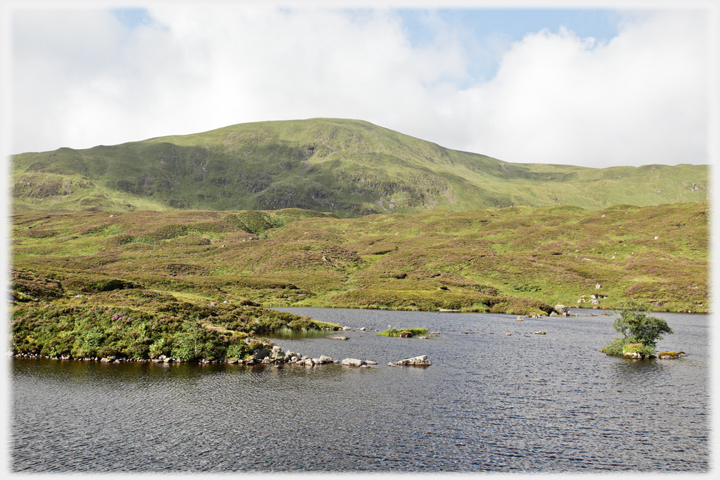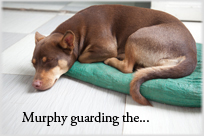
Wild Lands
... perceptual responses evoked by [wild land]:
- a sense of sanctuary or solitude;
- ...a sense of awe or anxiety, depending on the individual’s emotional response to the setting;
- perceptions that the landscape has arresting or inspiring qualities; and
- fulfilment from the physical challenge required to penetrate into these places.
John MacKay, Scottish Natural Heritage (2002)

The quote is a summary of public responses to the question ‘Why seek to preserve wild land at all?’ In his paper John MacKay has laid our criteria for identifying wild land - a physical matter - and is turning to the justification.
Wilderness
 To a page on the importance of wilderness - illustrated with an Iccelandic glassier.
is no longer found in the UK, but wildness is
realised
To a page on the importance of wilderness - illustrated with an Iccelandic glassier.
is no longer found in the UK, but wildness is
realised
 And here the garden comes in as another kind of link to wildness.
in wild land. This is already thin ice for planners, legislators and politicians, so we must go further and provide arguments to let solitude and awe, trump economic development, for, as his physical criteria make plain, intrusion and peripheral attrition from economic pressures can easily destroy what is essential to
wild land.
And here the garden comes in as another kind of link to wildness.
in wild land. This is already thin ice for planners, legislators and politicians, so we must go further and provide arguments to let solitude and awe, trump economic development, for, as his physical criteria make plain, intrusion and peripheral attrition from economic pressures can easily destroy what is essential to
wild land.
 However, the complexities, of what constitutes that which is outside our experience, are many.
Articulating such an underpinning conception is hard, but the implications for climate change and, indeed, continued human existence, demand we do so. Such an argument will be based on the
place
However, the complexities, of what constitutes that which is outside our experience, are many.
Articulating such an underpinning conception is hard, but the implications for climate change and, indeed, continued human existence, demand we do so. Such an argument will be based on the
place
 We readily place ourselves within ‘Nature’ but that is a very loose and general term.
of our human phenomenal world in a
far wider
We readily place ourselves within ‘Nature’ but that is a very loose and general term.
of our human phenomenal world in a
far wider
 Phenomena need a home, they are given it by Kant with his noumenal world.
context, a grander
cosmos.
Phenomena need a home, they are given it by Kant with his noumenal world.
context, a grander
cosmos.
 For many people such ideas clearly point to theological notions.
Cutting ourselves
adrift
For many people such ideas clearly point to theological notions.
Cutting ourselves
adrift
 A perennial problem well understood in Classical Chinese times.
from access to wild land can be seen as severing the only connection we have with our foundation.
A perennial problem well understood in Classical Chinese times.
from access to wild land can be seen as severing the only connection we have with our foundation.
The quote is from paragraph (4) of the appendix to the SNH Policy Statement 02/03 Wildness in Scotland’s Countryside. Available on the internet. It follows the Scottish Office publication: National Planning Policy Guidelines 14 Natural Heritage (1999). Maps and details of the 42 areas so identified by Scottish Natural Heritage (now the name is the rather ugly NatureScot) are available at www.nature.scot/wild-land-area-description
Loch Skeen above the Grey Mare’s Tail in eastern Dumfriesshire seems to our eyes undisturbed by human activity. It offers a good example of apparent wild land, which has actually been moulded for millennia by human activity. The summit of While Coomb stands at about 2,500 feet/750 metres above sea level, so there are few periods when it would have been fully wooded, but the lower slopes and around Loch Skeen would certainly have supported scrub, if not trees, before human cutting and grazing took over. Now feral goats, and some permitted pasturing can be seen. The Loch is stocked with fish, previously for eating, but now for preservation.
Above hovering on blue introduces a link: click to go, move away to stay.

Saturday 1st May 2021
 ...guide to this site
...guide to this site